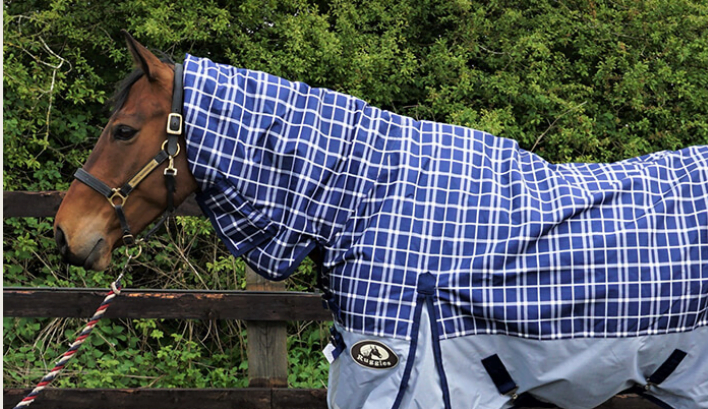Before your new horse shows up, their stable should be ready and you should be equipped with the equipment you need to keep them clean, comfortable and warm throughout all months of the year. To help ensure you are kitted out with the main bits and pieces, we have compiled a ten point checklist of the basic horse essentials.
1. Horse rugs
To help your horse maintain a comfortable body temperature, keeping them dressed in horse rugs that are suitable for the weather conditions goes a long way. From fleece turnout rugs in the winter to summer fly sheets, help them stay protected, clean and comfortable.
2. Feed buckets
As well as having plenty of suitable feed to keep them healthy and at a suitable body weight, remember to find a suitable container to serve it up in. Metal or plastic containers are a popular choice and a lid can be used to prevent rodents if they become a problem. You can visit Real Industries for equipment like horse feeder.
3. Water trough
Hydration is another important factor and your horse should have access to clean, fresh water at all times. A large water trough or bucket can be purchased to ensure they have a continuous supply and in cold conditions, heated buckets can be used to prevent freezing.
4. Cleaning equipment
Maintaining a clean and tidy living space is important for health and hygiene purposes. Having a manure fork and wheelbarrow on hand to muck out their stable as well as plenty of spare supplies will make it nice and easy to maintain.
 5. Grooming supplies
5. Grooming supplies
Keep your horse looking lovely and tidy by maintaining grooming procedures. Having a body brush, mane comb and shampoo products on hand to remove any knots, old hair and dirt will help keep their coat and skin in pristine condition.
When searching for horse saddle pad sets, you can explore various options to discover high-quality saddles suitable for different purposes for your horse. If you also prioritize your horse’s aesthetic appeal, you can look for colorful options that complement your horse’s coat color.
6. Insect repellent
Especially during the warmer months, insects are a huge annoyance for horses and their owners alike. Using a fly repellent and a fly mask will deter flies, mosquitos and other biting insects to prevent the likelihood of disease transmission.
7. Riding equipment
Depending on your riding style, choose the appropriate tack to suit your horse and riding terrain. When you head out riding, bringing a saddle, saddle pad, bridle and stirrups will ensure you are fully equipped.
8. Safety gear
When riding, it is not just your horse’s comfort and safety that need considering. To prevent the likelihood of any injuries occurring, wearing a helmet, riding boots, body protection and high visibility clothing in public spaces will ensure you are equipped.
9. Transport vehicle
If you are planning on travelling with your horse, you will need to prepare the necessary transport. As well as buying or hiring the vehicle itself, ensuring your horse is well secured inside will prevent the risk of injury to both themselves and you.
10. Emergency information
In some cases, your horse will require professional veterinary attention when you are unable to provide them with the levels of healthcare needed. If you notice your horse is looking unwell or injured, having access to a local vet will mean you can get the expert care you need.
Related Posts



